This post was written by Juan Adorno ’20. Connect with him on LinkedIn.
Author’s Note: The recent earthquakes in Puerto Rico inspired me to write this blog post. I felt a blog to be a fitting forum to speak about a serious topic in a fun way. Because, the only thing I know to bring to darkness — to understand it — is light. Secondarily, I hope for this blog post to serve as a promotion for the new, fresh, literary genre: literary nonfiction: true events, displayed as authentic, original, creative forms.

This blog post aims to illuminate Puerto Rico in a way that is as free to me as the Coqui voices that will continue to sing. In other words, to share a literary nonfiction art work: true events, displayed authentically. From this chair in the Bronx, NY to another in Burlington, Vermont, to the forest of El Yunque, to the Castles of San Juan, to the beaches off the coasts of Vega Baja and Manati—Puerto Rico is the subject of this Letter…
We Hear You, Mother Nature, The Time is Now.
From: Juan Adorno
To: Mother Nature
Cc: Motherland (Puerto Rico)
Bcc: JP1—Blue (Pen Name)
Subject: Puerto Rico
Mother Nature, please, be merciful on the Motherland: sway those hips of the Carribean tectonic plates up against the rigid tips of the North Americans, in such a way that the Boricuas—The spirit of the People of Puerto Rico— are sparked, secured and prosperous in the long-run. Puerto Rico. The Enchanted Island. The Boriken Island. La Isla del Encanto.
On Tuesday, January 11, 2020, you rocked the motherland, 6.4 earthquake, sending people across the island to sleep in their patios, the streets and beaches in fear of their houses collapsing on them and their loved ones. The street where my Grandma lives was shut down and folks set up tents to sleep. In Vega Baja, Puerto Rico, half hour away from San Juan.
Grounds shaking, power outages: and, you continue to speak Mother Nature. Tremors. Traumas.
In spirit, I put myself setting up a tent in the Vega Baja Beach while Earthquakes pass, probably not the smartest move, but it’s the same beach that was travelled to by one of my writing heroes, Manuel Adorno. That beach was the setting of his seminal short story, and the hippies came. Manuel was praised by great writers of his day like Gabriel Marquez.
Mother Nature, may you grace this blog post to serve as a genuine illumination of an interaction with you and may you grace the motherland.
I felt it was just the other day when I was standing in front of my Sustainable Innovation MBA class, in Burlington, Vermont, delivering a business pitch of Puerto Rico Solar Energy Company LLC., a PR-based TBL solar energy company idea that serves to help Puerto Rico toward Energy Freedom. I opened the group presentation with a personal story of the origin of the idea to create the business: A Hurricane Maria Story. The power was out in the neighborhood and it was renewable energy, namely solar energy and electric batteries that save the day. I delivered that presentation several months ago and it was in reference to Hurricane Maria which took place in 2017. Hurricane Maria exposed the island’s infrastructure vulnerabilities.
It’s been years since Hurricane Maria, the history-bending catastrophe that took thousands of lives, and, yet, the islands energy mix is still not fixed.
The time is now: to be energy rich; to sustainably capitalize and commercialize; to self-sustain; to, then talk of food, economic, and artistic world warping potential contained in the rich port—Puerto Rico.
We Hear You, Mother Nature, The Time is Now!
Sincerely, Concerned Son

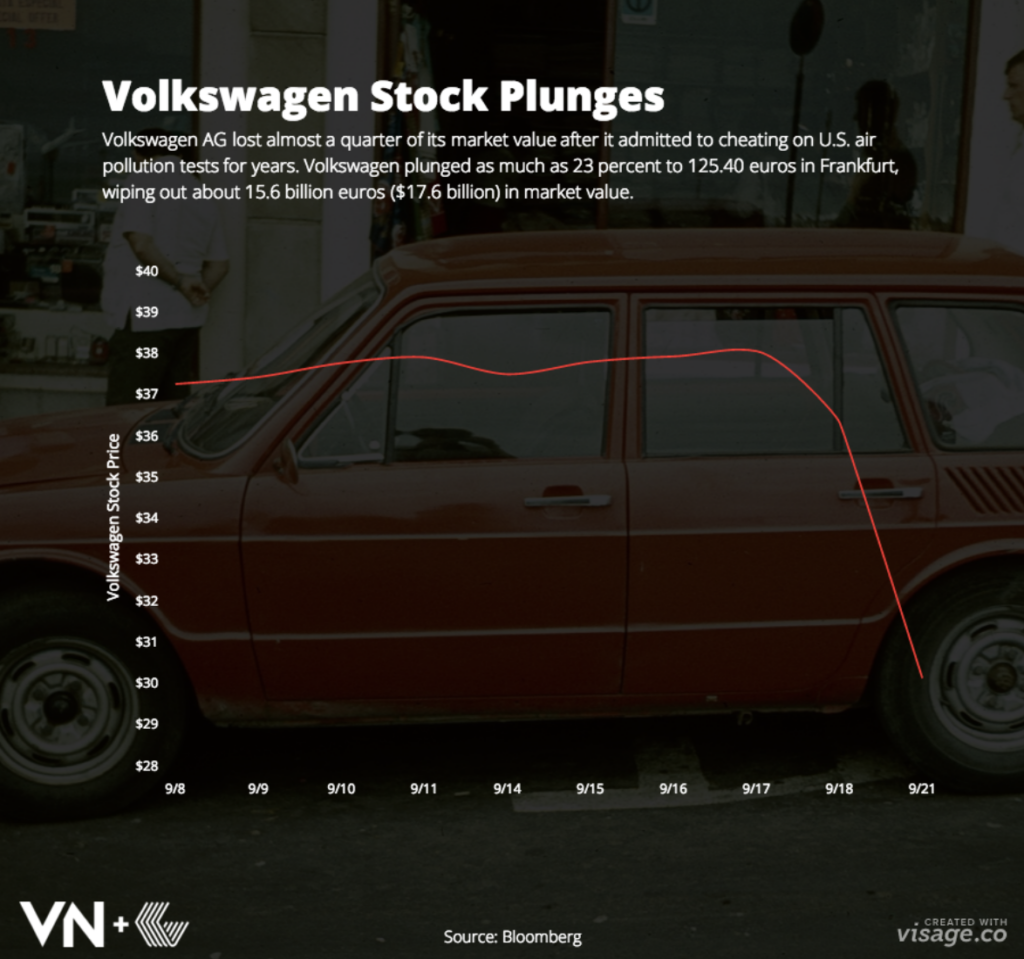
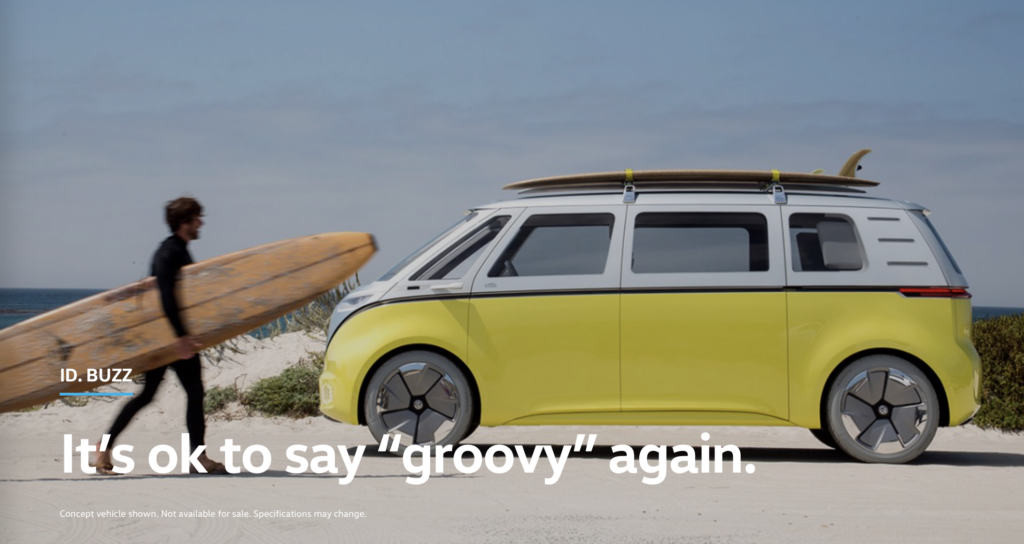

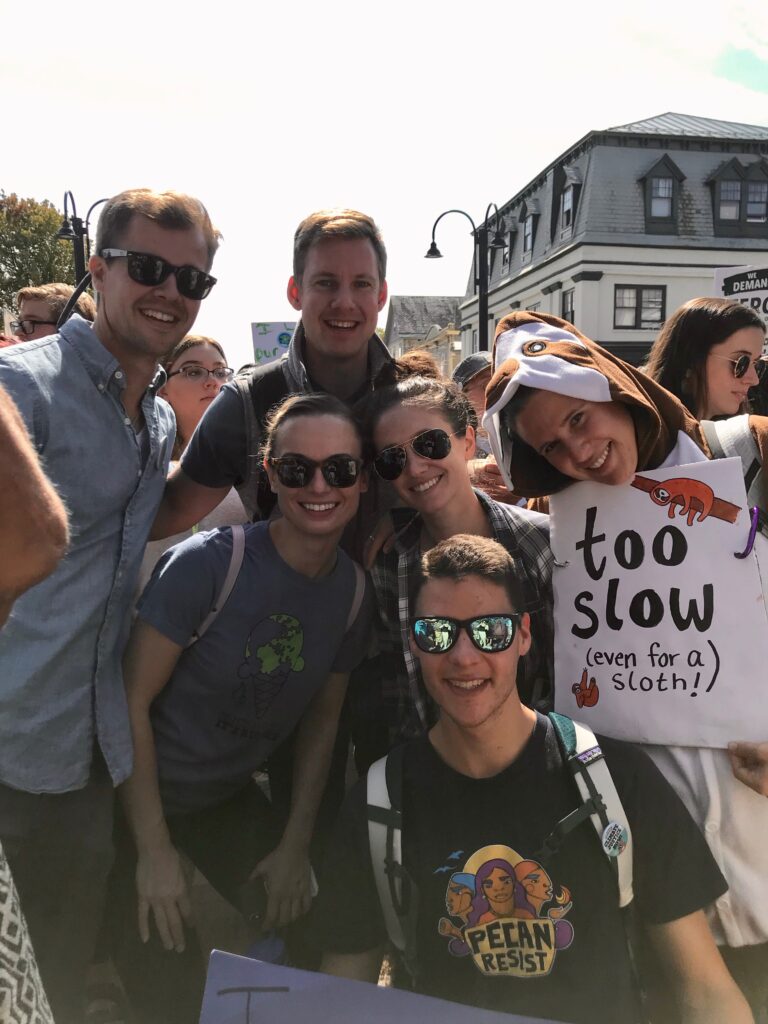
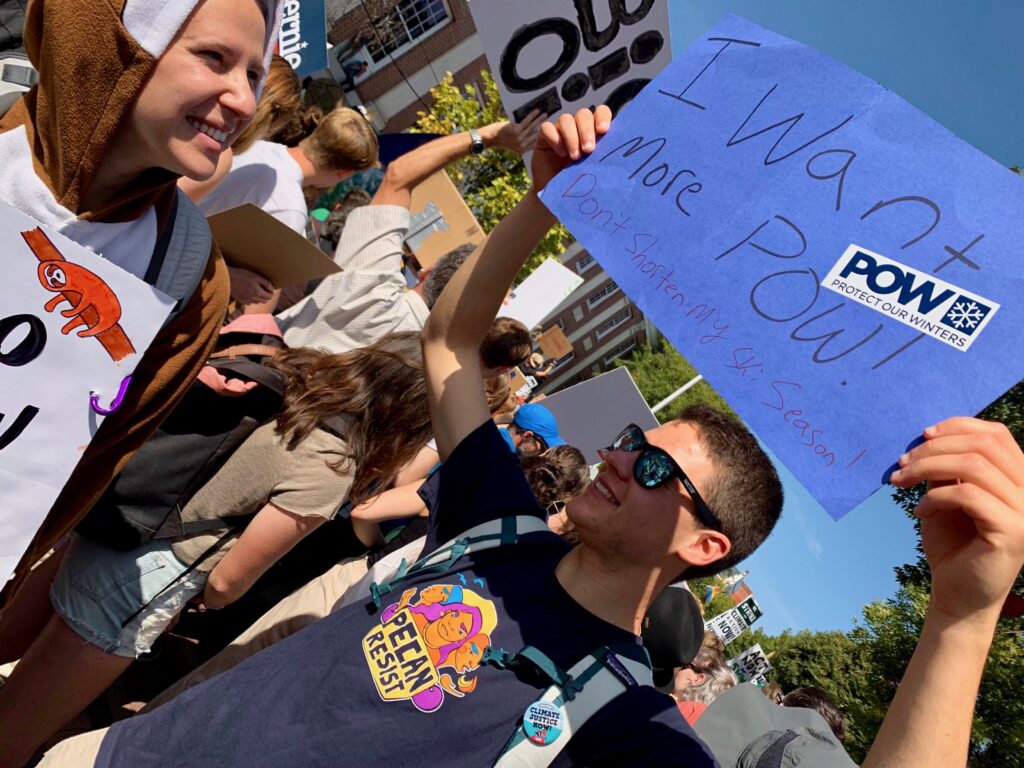
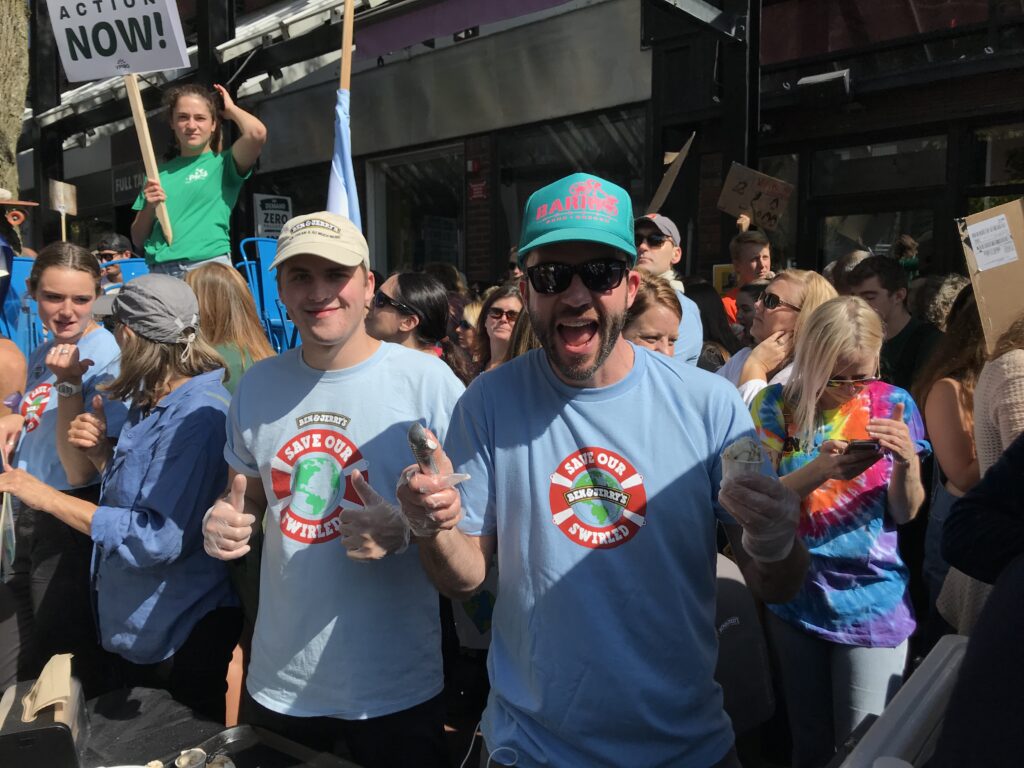
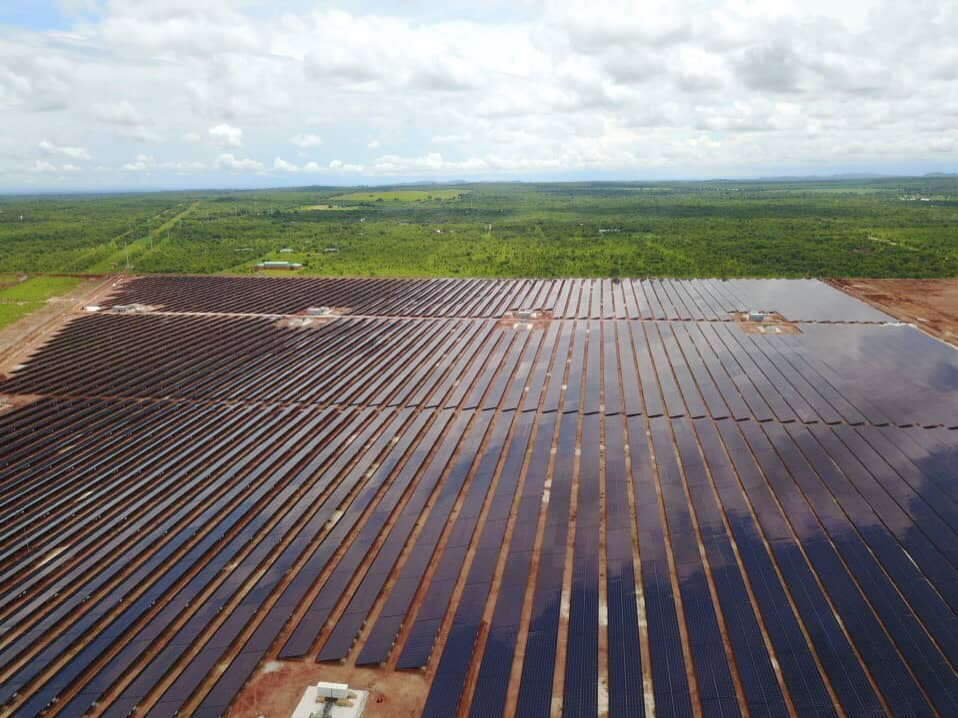
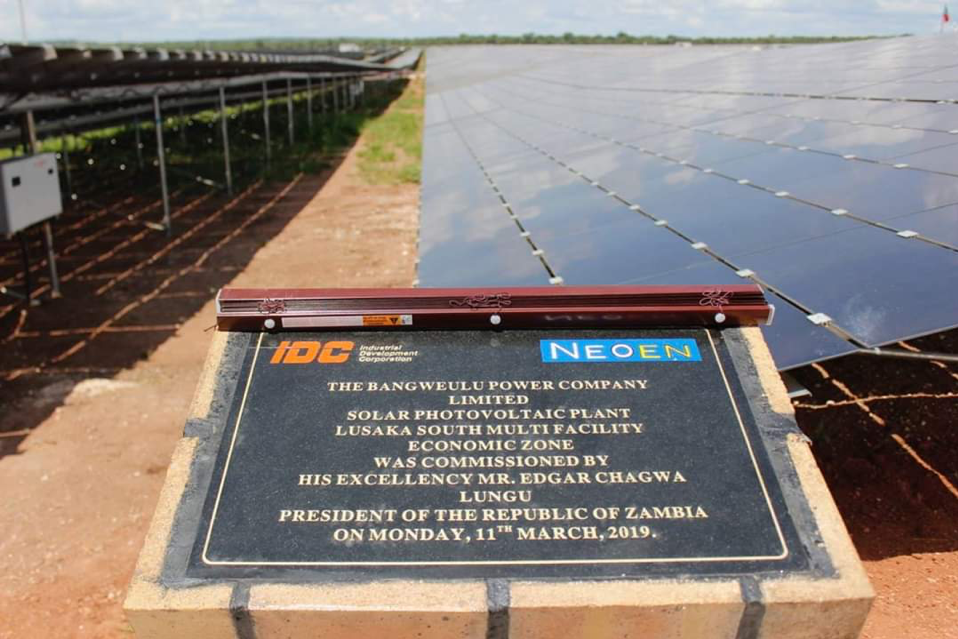
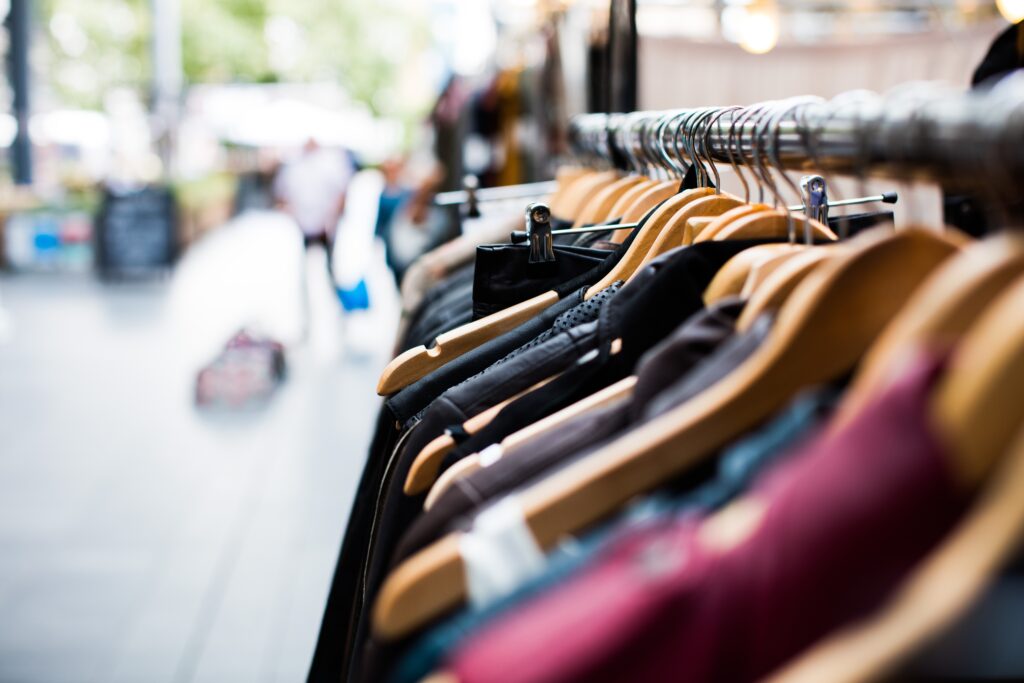
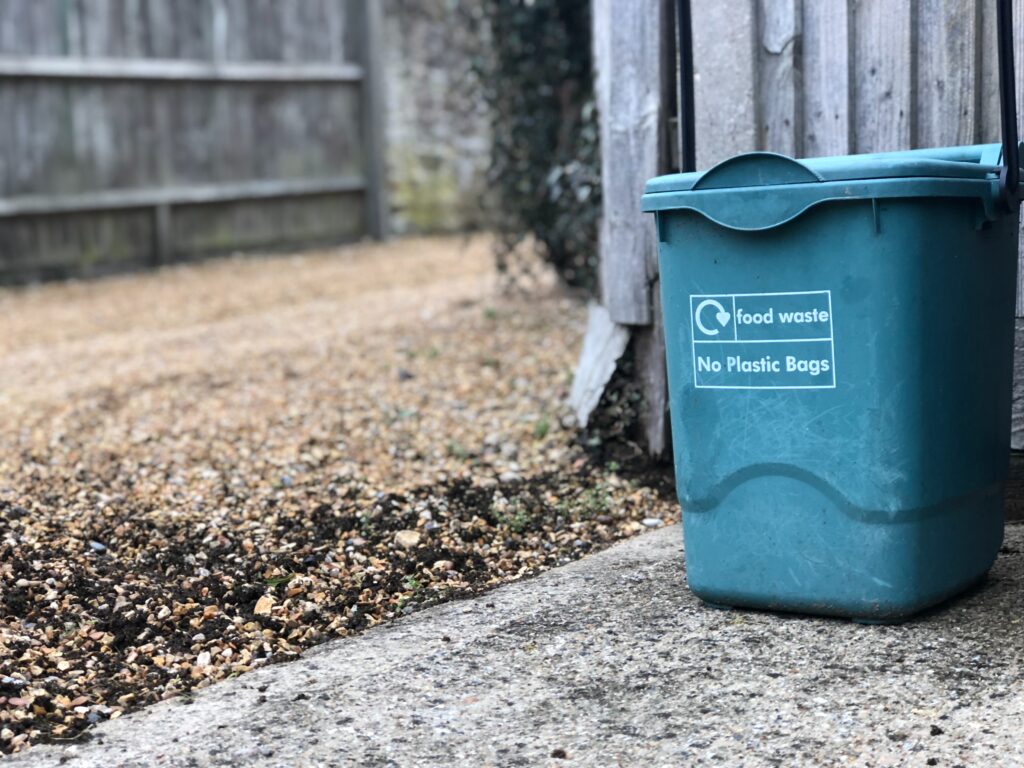
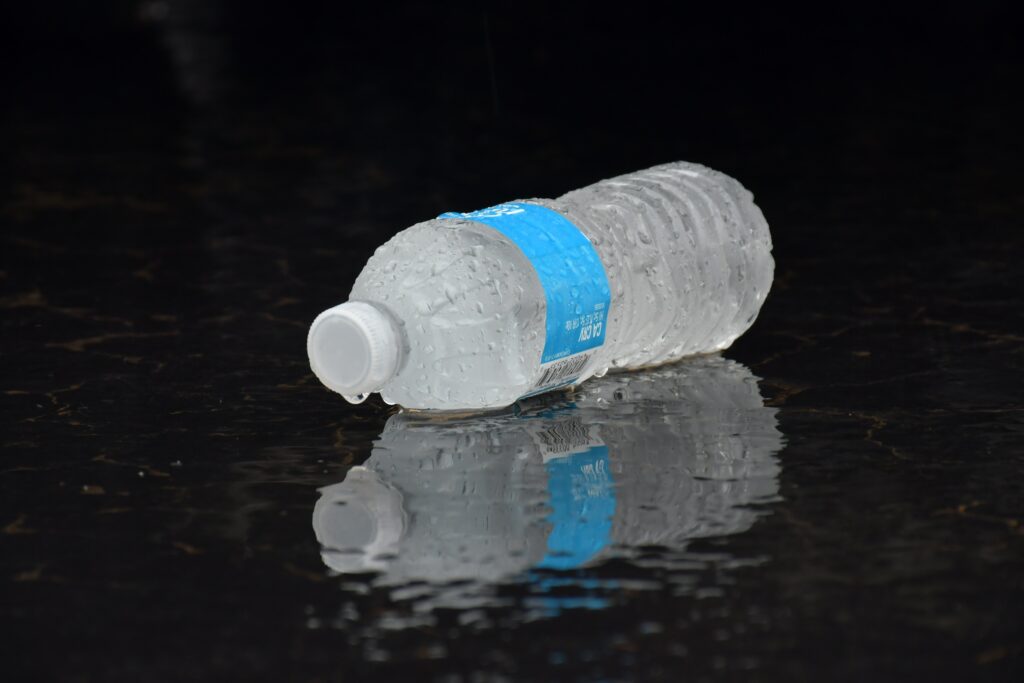
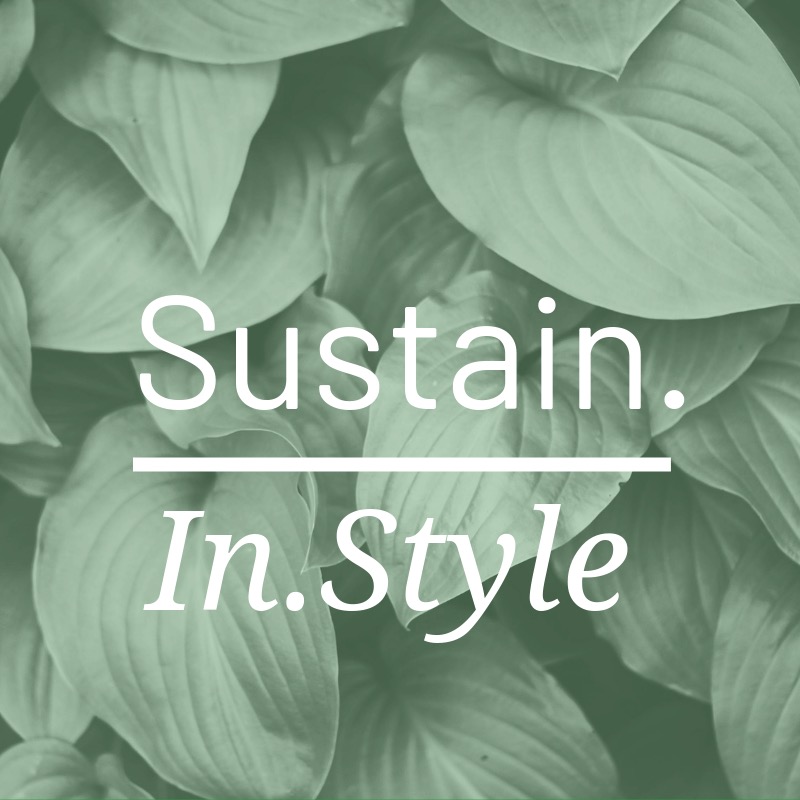
 It is far too tempting to fall victim to fast-fashion retailers such as H&M and Zara, who may have the perfect budget-friendly pieces, but in the long-run end up costing us more since these items quickly wear out. Instead of buying more items at a lower price, opt to invest in your wardrobe! Buy pieces that may cost more in the moment but will
It is far too tempting to fall victim to fast-fashion retailers such as H&M and Zara, who may have the perfect budget-friendly pieces, but in the long-run end up costing us more since these items quickly wear out. Instead of buying more items at a lower price, opt to invest in your wardrobe! Buy pieces that may cost more in the moment but will